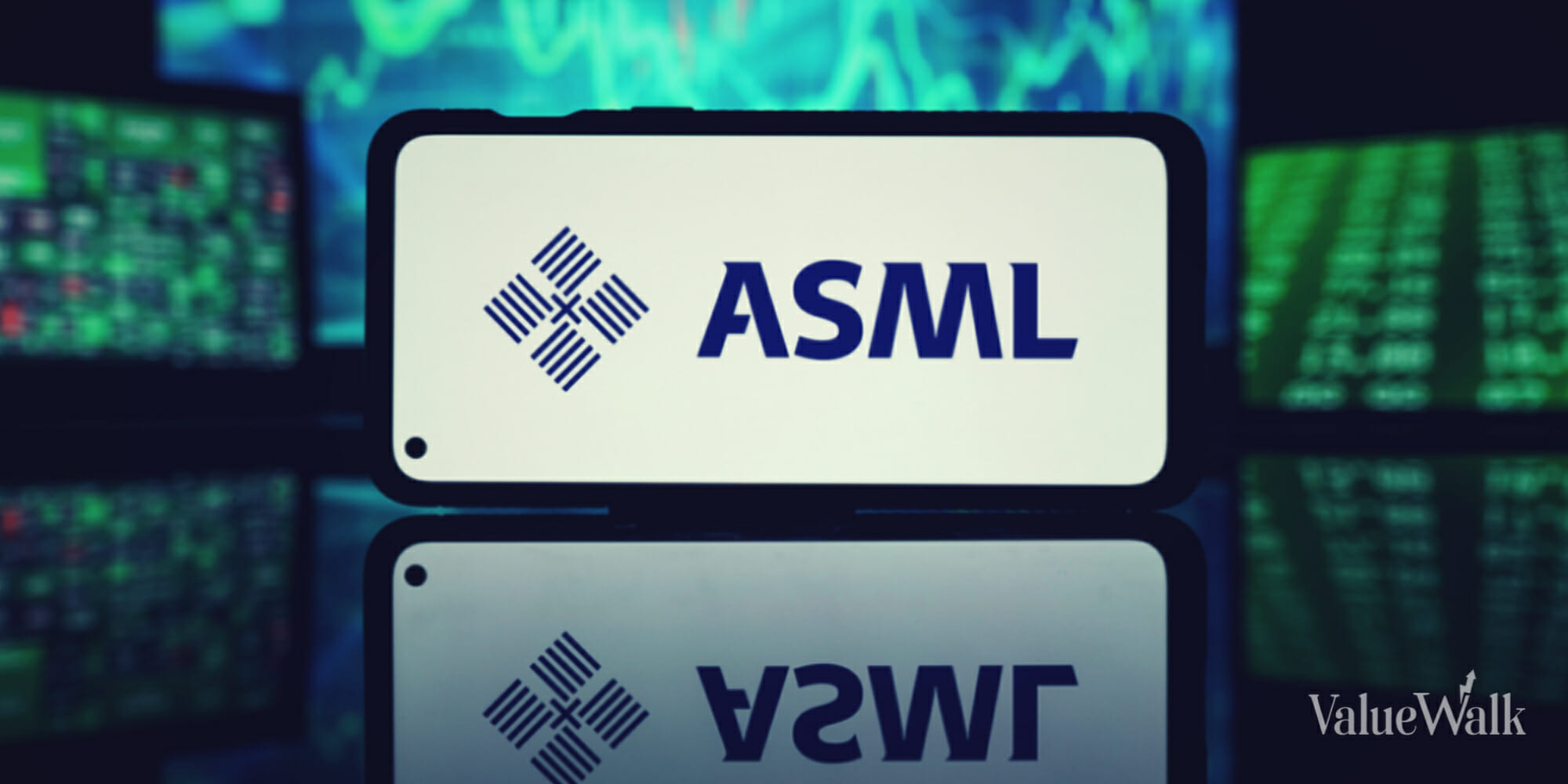Robert Shiller is a well-recognized investment expert. His book Irrational Exuberance was a best-seller. It was reviewed in all of the top publications. Shiller’s research was published in peer-reviewed journals. He was awarded a Nobel prize. That’s impact. An investment expert who has those sorts of achievements is an investment expert who has changed the world.
In ordinary circumstances.
Shiller has not changed the world. People invest today pretty much in the same way that they invested before Shiller came on the scene.
Q1 hedge fund letters, conference, scoops etc
How do I know? There are two extraordinary facts that point to this reality.
One, we are living today through the longest stretch of high stock prices ever seen in U.S. history. The CAPE value hit the mid-20s in 1996. The fair-value CAPE number is 16. Usually a high CAPE ratio is very bad news. In fact, Shiller issued a warning in 1996 that investors who held to their high stock allocations would live to regret it within 10 years. But here we are in 2019 with the CAPE value still above 25. We have not seen a sustained time-period with a CAPE ratio below that level in the 22 years since Shiller advanced his prediction. Shiller’s work argues forcefully that high stock valuations are dangerous. But the market has ignored him. Which is another way of saying that investors have ignored him.
Two, we hit the highest CAPE ratio in history during that time-period. A CAPE metric of 25 is dangerous. There was only one time in U.S. history prior to the late 1990s when we hit 33 and that was in the month just prior to the Great Depression. In January 2000, we hit 44. Most of us are more comfortable with high stock prices than investors were at any earlier time in U.S. history. Shiller’s warnings have fallen on deaf ears.
What’s going on?
The big issue is that it is hard to integrate Shiller’s views on how stock investing works with the general understanding of the matter. The general understanding is the Buy-and-Hold Model. The premise behind Buy-and-Hold thinking is that stock prices are set by millions of acts engaged in by investors pursuing their self-interest in rational ways. Shiller, in contrast, says that investors are at times highly emotional. If investors are highly emotional, we cannot presume that today’s stock price reflects economic realities. It may be largely the product of irrational exuberance. Today’s price may reflect a temporary, widespread delusion rather than something real and lasting.
In the usual case in which a new idea is advanced, people who believe in the old ideas integrate the new idea into their thinking. It is very hard to do that in the case of Shiller’s research findings. If Shiller is right, then the safe withdrawal rate is nothing even close to what the Buy-and-Holders believe it to be. Under the Buy-and-Hold Model, the safe withdrawal rate is always 4 percent. Under the Shiller Model, it is a number that ranges from a low of 1.6 percent (at times of very high valuations) to a high of 9 percent (at times of very low valuations). It is difficult to integrate the idea that the safe withdrawal rate is 1.6 percent into a model that says that it is always 4 percent. The safe withdrawal rate is the product of a numerical calculation. Either the product of the calculation is 4 or it is 1.6 percent. It cannot be both. And it cannot be a number halfway between those two numbers. There is no theoretical justification for saying that the safe withdrawal rate is 2.8 percent at such a time. If Shiller is right, the Buy-and-Holders are wrong. And, if the Buy-and-Holders are right, Shiller is wrong.
It’s the same with any other calculation that can be performed. If the market really is efficient, as the Buy-and-Holders believed when they developed their model, investors should stick with the same stock allocation at all times. Why? Because risk is constant in such a world. Investors should obviously be trying to maintain the same risk profile at all times. But if Shiller is right, risk is variable; the more irrational exuberance there is that is present in the stock price at a given point in time, the riskier it is to own stocks at that time. If Shiller is right, investors must time the market to have any hope whatsoever of keeping their risk profile roughly constant over time. Market timing is anathema to Buy-and-Holders. It is impossible to reconcile these two viewpoints.
If Shiller is right, everything that the Buy-and-Holders have ever said about stock investing is wrong. The Buy-and-Holders are smart people. But the reality is that any analysis that is done starting from an incorrect premise is going to lead to an incorrect conclusion. Shiller’s challenge to Buy-and-Hold is fundamental in nature; he refers to his ideas about how stock investing works as “revolutionary” in the subtitle to his book. Shiller did not change some things or many things, he changed everything. As a result, it is hard for people who have their financial futures riding on the validity of the Buy-and-Hold Model to give his ideas serious consideration. If they come to be persuaded that Shiller’s research is on the mark, their hopes for their own future fall apart.
Rob’s bio is here.






